

Articles
What Does Descaling A Coffee Machine Do
Modified: February 26, 2024
Discover the importance of descaling a coffee machine and how it helps maintain the taste and quality of your brew. Read more articles on our website.
(Many of the links in this article redirect to a specific reviewed product. Your purchase of these products through affiliate links helps to generate commission for Storables.com, at no extra cost. Learn more)
Introduction
Welcome to the world of coffee lovers! If you are an avid coffee drinker and the proud owner of a coffee machine, then you know just how important it is to keep your machine in top shape. One crucial aspect of coffee machine maintenance is descaling. But what exactly does descaling do, and why is it so important?
A coffee machine is a complex piece of machinery that works tirelessly to provide you with that perfect cup of coffee every day. It pumps water through the coffee grounds, extracts the flavors and aromas, and delivers the final product right into your waiting cup. But over time, mineral deposits from the water, such as calcium and limescale, can accumulate inside the machine.
This buildup can have a detrimental effect on the performance of your coffee machine. It can clog the internal pipes and valves, leading to reduced water flow, uneven extraction, and ultimately, a decrease in the quality of your coffee. This is where descaling comes into play.
The purpose of descaling is to remove these mineral deposits from your coffee machine, ensuring that it continues to function optimally. Descaling is the process of using a descaling agent to dissolve and flush out the calcium and limescale buildup, restoring your machine to its former glory.
If you neglect to descale your coffee machine regularly, the consequences can be significant. The aforementioned mineral deposits can cause blockages and clogs in your machine, leading to a range of issues such as reduced performance, increased brewing time, and even potential damage to the internal components.
Furthermore, the buildup of mineral deposits can affect the taste of your coffee. It can lead to a bitter or metallic flavor and impact the aroma and texture of your brew. So, if you want to enjoy a consistently great tasting cup of coffee, descaling is a crucial step in maintaining your coffee machine.
But how do you know when it’s time to descale your coffee machine? In the next section, we will explore some telltale signs that indicate your machine is due for descaling.
Key Takeaways:
- Regular descaling is crucial for maintaining optimal coffee machine performance, preventing damage, preserving taste, and ensuring safety and hygiene. Follow manufacturer’s guidelines and signs for timely descaling.
- Choose the right descaling method or product based on your coffee machine’s recommendations. Regular descaling every 3 to 6 months, or as indicated, will extend your machine’s lifespan and maintain coffee quality.
Read more: What Can Be Used To Descale A Coffee Machine
How does a coffee machine work?
Before we delve into the importance of descaling, let’s take a closer look at how a coffee machine works. Understanding the inner workings of your machine can help you appreciate why descaling is essential for its proper functioning.
A typical coffee machine consists of several key components that work together to brew your favorite cup of java. These include:
- Water reservoir: This is where you fill the machine with water. The water is then heated and used in the brewing process.
- Heating element: Responsible for heating the water to the optimal brewing temperature.
- Pump: Draws water from the reservoir and pushes it through the system.
- Portafilter: The part of the machine that holds the coffee grounds. Water passes through the grounds, extracting the flavors and oils.
- Filter: Ensures that only the brewed coffee passes through while trapping the coffee grounds.
When you turn on your coffee machine and initiate the brewing process, here is what happens:
- The heating element heats up the water in the reservoir to the ideal temperature, usually around 195-205°F (90-96°C).
- The pump draws the heated water from the reservoir and forces it through the system.
- The water passes through the coffee grounds in the portafilter, extracting the flavors and oils through a process called infusion.
- The brewed coffee then flows through the filter, leaving the coffee grounds behind.
- Finally, the brewed coffee is dispensed into your waiting cup.
This entire process happens within a matter of minutes, providing you with a freshly brewed cup of coffee. However, during this process, the water comes into contact with minerals present in the water, such as calcium and limescale.
Over time, these minerals can accumulate and form deposits inside the machine. These deposits can interfere with the smooth flow of water, disrupt the temperature control, and affect the extraction process. The result is a compromised brewing performance and a less-than-optimal cup of coffee.
Fortunately, descaling helps prevent and remove these mineral deposits, keeping your coffee machine in excellent working condition. In the next section, we will explore why descaling is so crucial.
What is the purpose of descaling?
The purpose of descaling a coffee machine is to remove the mineral deposits that accumulate over time. These deposits, often referred to as limescale or calcium scale, are composed of minerals like calcium carbonate and magnesium carbonate that are naturally present in water.
When water is heated and used in your coffee machine, these minerals can precipitate out and settle on the internal components, such as the heating element, pipes, and valves. Over time, this buildup can affect the performance and efficiency of your machine.
So, why is descaling important? Let’s discover the key reasons:
1. Maintain optimal performance:
Mineral deposits inside the coffee machine can restrict the flow of water, causing a decrease in water pressure. This can lead to longer brewing times, incomplete extraction of coffee flavors, and ultimately, a weaker cup of coffee. Descaling ensures that the water flow remains smooth, allowing for proper extraction and delivering a consistently delicious cup of coffee with every brew.
2. Extend the lifespan of your coffee machine:
Regular descaling helps prevent the accumulation of limescale, which can pose a serious threat to the internal components of your coffee machine. Limescale buildup can lead to clogs and blockages in the pipes and valves, putting strain on the machine’s mechanics. By removing the mineral deposits, you can help prolong the lifespan of your coffee machine and avoid costly repairs or replacements.
Read more: How To Descale A Delonghi Coffee Machine
3. Preserve taste and aroma:
Mineral deposits in your coffee machine can have a negative impact on the taste and aroma of your coffee. The buildup can impart a metallic or bitter taste to your brew, masking the true flavors and aromas of the coffee beans. Descaling eliminates these deposits, allowing you to enjoy a pure and flavorful cup of coffee without any unwanted flavors or odors.
4. Ensure safety and hygiene:
A clean and well-maintained coffee machine is essential for your health and safety. Over time, limescale buildup can harbor bacteria and other contaminants, compromising the hygiene of your machine. Descaling not only removes the mineral deposits but also helps maintain a clean and sanitary brewing environment.
Regular descaling is a vital part of coffee machine maintenance. It helps keep your machine in optimal condition, preserves the taste and aroma of your coffee, extends its lifespan, and ensures your safety. In the next section, we will explore the signs that indicate your coffee machine is due for descaling.
What happens if you don’t descale your coffee machine?
Regular descaling is crucial for maintaining the optimal performance and longevity of your coffee machine. If you neglect to descale your machine, you may experience several negative consequences:
1. Reduced brewing performance:
Over time, mineral deposits such as limescale can accumulate inside your coffee machine. These deposits can clog the internal pipes, valves, and other components, leading to reduced water flow and pressure. As a result, the brewing process may take longer, and you may end up with a weaker, under-extracted cup of coffee. The flavors and aromas of your coffee may not be fully extracted, resulting in a less satisfying brew.
Read more: How Do I Descale My Nespresso Coffee Machine
2. Increased risk of damage:
Mineral deposits can cause blockages and obstructions within your coffee machine. The excess strain on the internal components due to reduced water flow can lead to mechanical issues and potential damage. If left untreated, these issues may require costly repairs or even a complete replacement of the machine.
3. Altered taste and aroma:
Limescale buildup can affect the taste and aroma of your coffee. The mineral deposits can impart a metallic or bitter flavor, masking the natural flavors of the coffee beans. Additionally, the aroma of your brew may be compromised, resulting in a less fragrant and enjoyable coffee experience.
4. Poor hygiene and potential health risks:
Lack of descaling can also lead to hygiene issues with your coffee machine. The accumulated mineral deposits can provide a breeding ground for bacteria and other contaminants. This can impact the cleanliness of your machine and potentially pose health risks. Regular descaling helps maintain a clean and sanitary brewing environment, ensuring the safety and well-being of users.
5. Shortened lifespan of the machine:
Failure to descale your coffee machine can significantly impact its lifespan. The accumulation of mineral deposits puts extra strain on the components, leading to premature wear and tear. This can ultimately reduce the overall durability and longevity of your machine, requiring you to replace it earlier than expected.
Overall, neglecting to descale your coffee machine can result in decreased brewing performance, potential damage to the machine, altered taste and aroma, hygiene concerns, and a shortened lifespan for your beloved appliance. In the next section, we will highlight some signs that indicate your coffee machine is in need of descaling.
Read more: How To Descale Breville Coffee Machine
Signs that your coffee machine needs descaling
Regular descaling is essential to keep your coffee machine in optimal condition. But how do you know when it’s time to descale? Here are some signs that indicate your coffee machine may need descaling:
1. Longer brewing time:
If you notice that your coffee machine takes longer than usual to brew a pot of coffee, it could be a sign of limescale buildup. The mineral deposits can restrict the flow of water through the internal pipes and valves, resulting in a slower brewing process.
2. Reduced water flow:
If the water flow from your coffee machine seems weak or inconsistent, it may be due to mineral deposits obstructing the water pathways. Reduced water flow can affect the extraction process, leading to a weaker or under-extracted cup of coffee.
3. Incomplete or uneven extraction:
When mineral deposits accumulate on the internal components of your coffee machine, they can obstruct the even distribution of water over the coffee grounds. This can result in incomplete or uneven extraction, leading to a lack of flavor and aroma in your brewed coffee.
Read more: How To Descale Philips Coffee Machine
4. Unpleasant taste or odor:
Mineral deposits can impart a metallic or bitter flavor to your coffee, masking its natural taste. If you notice a noticeable change in the taste of your brew or detect any unusual odor, it may be a sign that descaling is required to remove those mineral deposits.
5. Buildup on internal surfaces:
Inspect the internal surfaces of your coffee machine, such as the water tank or the portafilter. If you notice a visible buildup of limescale or a white, chalky residue on these surfaces, it indicates the need for descaling. The presence of mineral deposits is a clear sign that your machine is due for a thorough descaling process.
6. Maintenance indicator or warning light:
Some coffee machines have built-in maintenance indicators or warning lights that signal when descaling is required. Pay attention to these indicators and follow the manufacturer’s instructions on when to descale your specific machine.
Remember that the frequency of descaling depends on various factors such as the hardness of your water and the usage of your coffee machine. It’s always a good idea to consult the manufacturer’s guidelines or recommendations for the ideal descaling interval for your specific model.
In the next section, we will explore the steps involved in the descaling process and different methods you can use to descale your coffee machine.
Steps to descale a coffee machine
Descaling your coffee machine is a vital maintenance step that ensures its optimal performance and longevity. Here are the general steps involved in descaling a coffee machine:
Read more: How To Descale Tchibo Coffee Machine
1. Read the manufacturer’s instructions:
Before starting the descaling process, carefully read the manufacturer’s instructions specific to your coffee machine model. Different machines may have specific descaling procedures and recommendations that you need to follow.
2. Prepare the descaling solution:
Choose a descaling solution specifically designed for coffee machines. Follow the instructions on the descaling product packaging to prepare the solution. Typically, you’ll need to dilute the descaling solution with water in the recommended ratio. Be sure to use the correct measurements to ensure effective descaling.
3. Empty and clean the water reservoir:
Empty any leftover water from the water reservoir of your coffee machine. Rinse the reservoir thoroughly and wipe it clean to remove any debris or residue. This step ensures that the descaling solution can work without any interference from leftover coffee or impurities.
4. Fill the reservoir with the descaling solution:
Pour the prepared descaling solution into the water reservoir of your coffee machine. Follow the instructions on the descaling product packaging for the appropriate amount of solution to use.
Read more: How To Descale Keurig Coffee Machine
5. Start the descaling process:
Turn on your coffee machine and initiate the descaling process. This may involve pressing specific buttons or following a particular sequence of actions, as per the manufacturer’s instructions. Allow the descaling solution to run through the machine and into the brewing chamber.
6. Rinse the machine:
After the descaling solution has circulated through the machine, rinse the entire system by running clean water through it. This step helps remove any remaining descaling solution and residue from the internal components. Repeat this rinsing process several times to ensure thorough cleaning.
7. Clean other parts of the machine:
While descaling focuses on the internal components, don’t forget to clean other removable parts of your coffee machine, such as the portafilter, filter basket, and drip tray. Wash these parts with warm, soapy water, rinse well, and dry before reassembling.
8. Perform a brewing cycle with clean water:
Once the machine has been rinsed and all parts have been cleaned, perform a brewing cycle with clean water to further remove any traces of the descaling solution. This ensures that no residue or taste from the descaler is left behind in your coffee.
Read more: How To Descale A Miele Coffee Machine
9. Clean and maintain regularly:
To keep your coffee machine in top condition, make descaling a regular part of your maintenance routine. Follow the manufacturer’s recommended descaling frequency or guidelines to ensure continued optimal performance.
Remember to always refer to the specific instructions and guidelines provided by the manufacturer for your coffee machine model. Taking proper care of your machine through regular descaling will help you enjoy delicious, high-quality coffee for years to come.
In the next section, we will explore different methods and products you can use for descaling your coffee machine.
Different methods of descaling
When it comes to descaling your coffee machine, there are several methods and products available. Here are some of the different methods you can use to effectively descale your machine:
1. Descaling solution:
Descaling solutions are specifically designed for removing mineral deposits from coffee machines. These solutions usually come in liquid or powder form and contain citric acid, vinegar, or other descaling agents. You dilute the solution with water, pour it into the machine, and run a descaling cycle. Follow the instructions on the product packaging for the correct dosage and procedure.
2. Vinegar:
Vinegar is a natural and readily available option for descaling your coffee machine. The acetic acid in vinegar helps dissolve the mineral deposits. Mix equal parts of vinegar and water and pour the solution into the machine’s water reservoir. Run a brewing cycle without coffee grounds to let the vinegar solution circulate through the machine. Follow this with several rinsing cycles using clean water to remove any residual vinegar taste.
Read more: How To Descale Bosch Coffee Machine
3. Lemon juice:
Lemon juice, with its acidic properties, can also be used to descale your coffee machine. Squeeze fresh lemon juice and dilute it with water before pouring it into the water reservoir. Run a brewing cycle without coffee grounds, similar to the vinegar method. Rinse thoroughly with clean water to remove any lingering lemon taste.
4. Commercial descaling products:
Many manufacturers offer descaling products that are specifically formulated for their coffee machines. These products are usually designed to work efficiently and safely, removing scale buildup without damaging the machine. Follow the instructions provided by the manufacturer for the correct usage and dosage of the descaling product.
5. Citric acid:
Citric acid is another effective descaling agent that can be used to remove mineral deposits. You can find food-grade citric acid in powder or crystal form. Dissolve the citric acid in hot water and pour the solution into the water reservoir. Run a descaling cycle and then rinse the machine thoroughly with clean water.
6. Descaling tablets:
Some coffee machine manufacturers offer descaling tablets, which are pre-dosed and designed specifically for their machines. These tablets are often convenient to use, as you simply drop them into the water reservoir and follow the manufacturer’s instructions for running a descaling cycle.
When choosing a descaling method, it’s important to consider the specific recommendations of your coffee machine manufacturer. They may provide guidance on the most effective and safe descaling method for your particular machine model.
Remember that after descaling, it’s crucial to thoroughly rinse the machine and run several brewing cycles with clean water to remove any descaling solution or residue. Regular descaling, following the manufacturer’s recommended frequency, will help maintain the performance and longevity of your coffee machine.
In the next section, we will discuss some recommended descaling products that you can consider for your coffee machine.
Read more: How To Descale Smeg Coffee Machine
Recommended descaling products
When it comes to descaling your coffee machine, using the right descaling product can make a significant difference in the effectiveness and safety of the process. Here are some recommended descaling products that you can consider:
1. Urnex Dezcal
Urnex Dezcal is a popular descaling product that is highly effective in removing mineral deposits from coffee machines. It is non-toxic and biodegradable, making it safe to use. Dezcal comes in powder form, which is easy to dissolve and use. It is suitable for both home and commercial use, and many coffee enthusiasts swear by its descaling abilities.
2. Durgol Swiss Espresso Descaler
The Durgol Swiss Espresso Descaler is specifically formulated for espresso machines, including coffee machines with built-in grinders. This descaler is fast-acting, ensuring thorough removal of limescale buildup. It is also safe to use on various machine parts, including boilers, thermoblocks, and valves. The Durgol Swiss Espresso Descaler is highly regarded for its efficiency and performance.
3. Gaggia Descaler
Gaggia Descaler is a descaling solution designed specifically for Gaggia espresso machines but can also be used for other coffee machine brands. It effectively removes limescale and mineral deposits to improve the performance and longevity of your machine. The Gaggia Descaler is easy to use, with clear instructions provided for a hassle-free descaling process.
Read more: How Often Descale Coffee Machine
4. Dezcal Coffee Machine Descaler by Essential Values
Dezcal Coffee Machine Descaler is a powerful and affordable descaling solution suitable for various coffee machine brands. It is made with food-grade ingredients and is odorless and tasteless, ensuring a residue-free cleaning process. This descaler is highly effective in removing limescale, calcium, and mineral deposits, restoring your machine’s performance and the taste of your coffee.
5. Full Circle Coffee and Espresso Machine Descaling Powder
The Full Circle Descaling Powder is designed for use in coffee and espresso machines. It is made from biodegradable and phosphate-free ingredients, making it environmentally friendly. This descaling powder is easy to use and effectively removes mineral buildup from the internal components of your coffee machine. It helps to maintain the taste and quality of your coffee and extends the lifespan of your machine.
When selecting a descaling product, always follow the manufacturer’s recommendations and instructions specific to your coffee machine model. Each product may have different usage guidelines and dosage recommendations, so it’s essential to use them as directed for optimal results.
Regular descaling with these recommended products can help keep your coffee machine in excellent condition, ensuring the best-tasting coffee and prolonging the lifespan of your machine.
In the next section, we will discuss how often you should descale your coffee machine to maintain its performance and longevity.
How often should you descale your coffee machine?
The frequency of descaling your coffee machine depends on a few factors, including the hardness of your water and the level of usage. Generally, it is recommended to descale your coffee machine every 3 to 6 months. However, it’s important to note that this is just a general guideline, and the specific recommendations may vary depending on the manufacturer and model of your coffee machine.
If you have hard water, which contains high mineral content, you may need to descale more frequently. Hard water leads to faster mineral buildup, and as a result, more frequent descaling is necessary to prevent performance issues and maintain the taste and quality of your coffee.
On the other hand, if you have soft water or if your coffee machine sees light or occasional use, you might be able to descale less frequently, such as every 6 to 12 months. However, it’s important to monitor your coffee machine for any signs of limescale or performance degradation and adjust the descaling frequency accordingly.
Additionally, it’s crucial to follow the manufacturer’s recommendations and guidelines for descaling. They understand the specific design and mechanics of their machines and can provide you with the most accurate advice on descaling intervals.
Some coffee machines have built-in maintenance indicators or warning lights that signal when descaling is required. Pay attention to these indicators and follow the manufacturer’s instructions on when to descale your machine. Using these indicators can help you ensure timely descaling and prevent any adverse effects on the machine’s performance.
Regular descaling is a key part of coffee machine maintenance. It helps to remove mineral deposits, keep the internal components clean, and preserve the taste and quality of your coffee. By descaling your coffee machine at the recommended frequency, you can extend its lifespan and enjoy consistently great-tasting coffee.
In the next section, we will conclude our discussion on the importance of descaling and its role in maintaining a well-functioning coffee machine.
Conclusion
Descaling is a vital aspect of coffee machine maintenance that ensures the optimal performance, taste, and lifespan of your beloved appliance. By removing mineral deposits such as limescale, descaling helps to keep the internal components clean and free from obstructions, allowing for smooth water flow and proper extraction of coffee flavors and aromas.
Neglecting to descale your coffee machine can lead to various issues, including reduced brewing performance, potential damage to the machine’s internal components, altered taste and aroma of your coffee, and hygiene concerns. Regular descaling helps maintain the efficiency and longevity of your coffee machine, ensuring that you can continue to brew delicious cups of coffee for years to come.
When descaling your coffee machine, it’s important to follow the manufacturer’s instructions and use recommended descaling products or methods. From descaling solutions and commercial descalers to DIY options like vinegar or lemon juice, there are different methods available to suit your preferences and machine model. Choose the right descaling product or method based on the specific recommendations of your coffee machine manufacturer to ensure effective and safe descaling.
How often you should descale your coffee machine depends on factors like water hardness and usage levels. Generally, it is advised to descale every 3 to 6 months, but it’s important to monitor your machine for signs of limescale buildup and adjust the frequency accordingly. Following the manufacturer’s guidelines and using any maintenance indicators or warning lights on your coffee machine can also help you determine the ideal descaling intervals for your specific model.
Remember, a clean and well-maintained coffee machine not only brews better-tasting coffee but also enhances the overall coffee experience. So, make descaling a regular part of your coffee machine maintenance routine to enjoy consistently great cups of coffee that deliver on taste, aroma, and quality.
Now that you understand the importance of descaling and how it plays a crucial role in the performance and longevity of your coffee machine, you can take the necessary steps to descale your machine at the recommended intervals. Cheers to delicious cups of coffee and a well-descaled coffee machine!
Frequently Asked Questions about What Does Descaling A Coffee Machine Do
Was this page helpful?
At Storables.com, we guarantee accurate and reliable information. Our content, validated by Expert Board Contributors, is crafted following stringent Editorial Policies. We're committed to providing you with well-researched, expert-backed insights for all your informational needs.
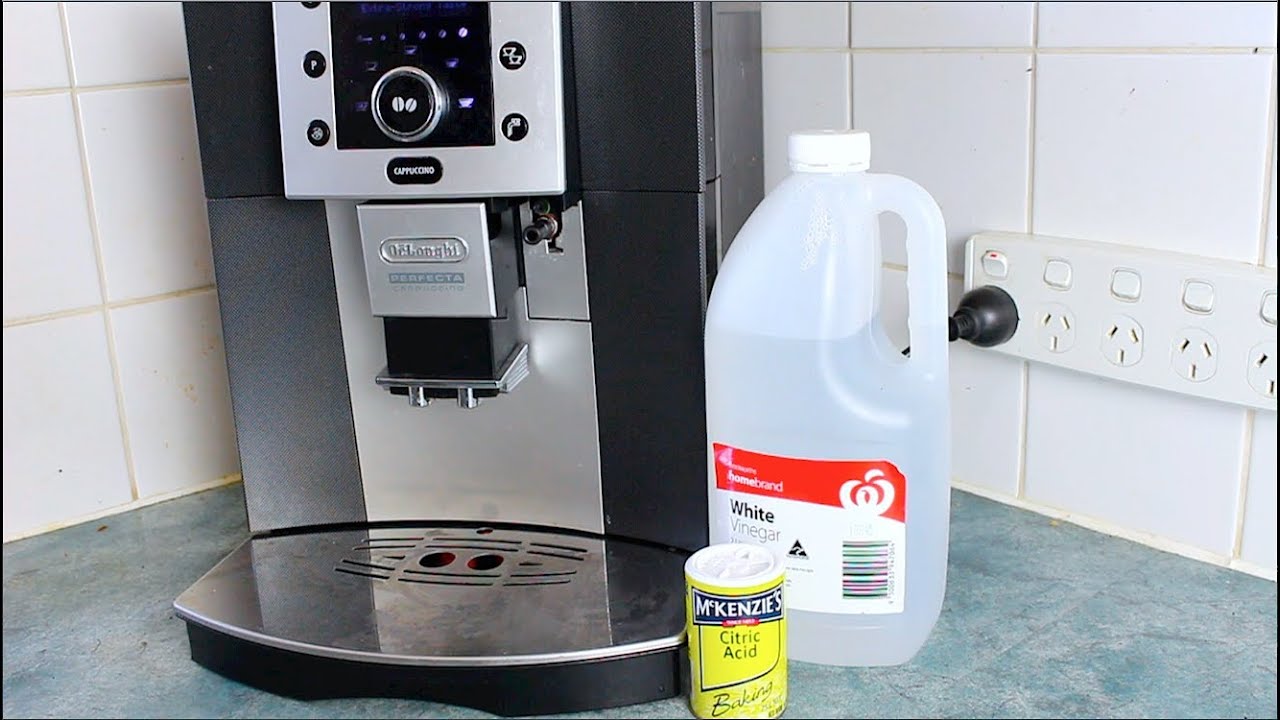
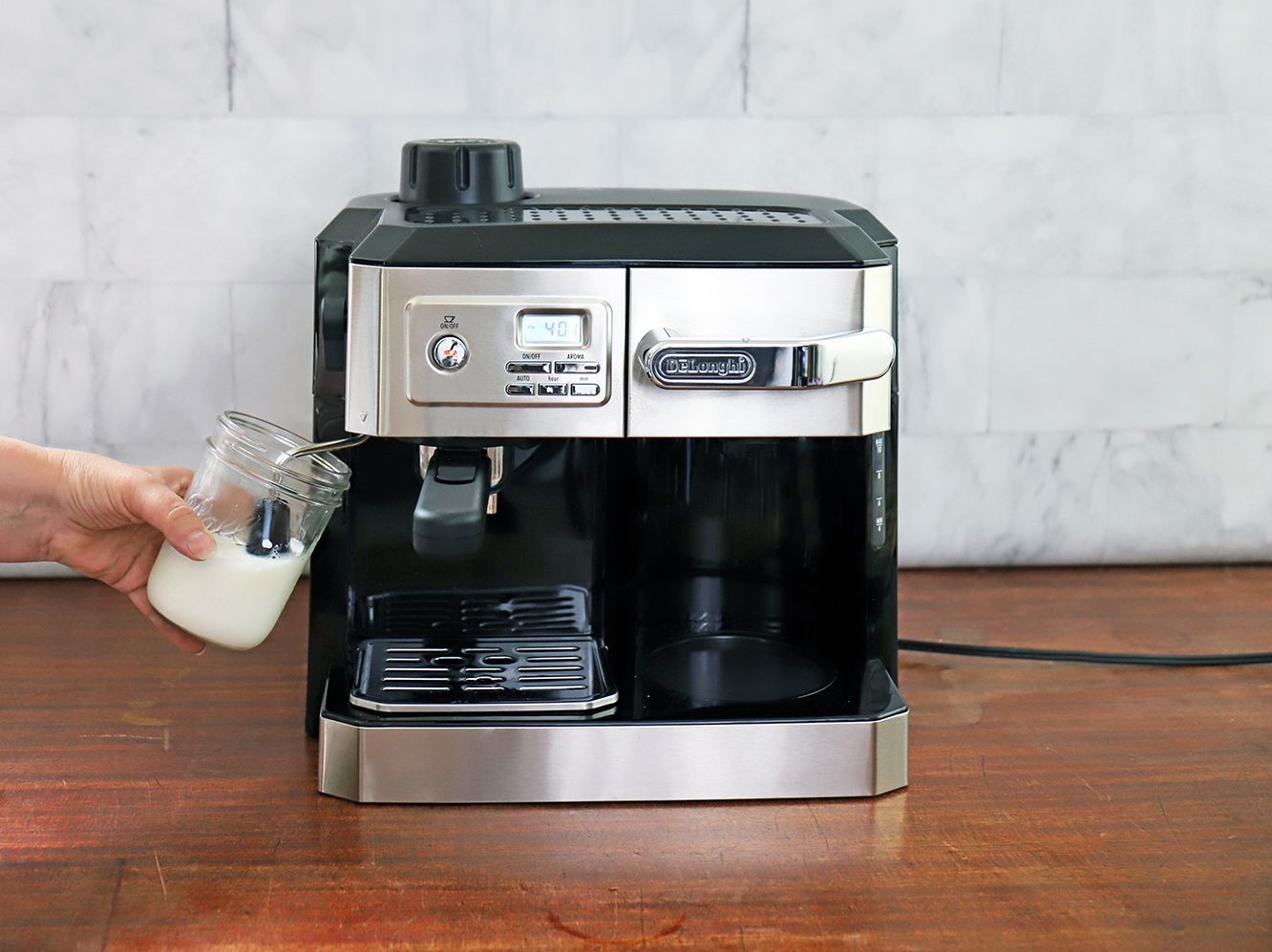
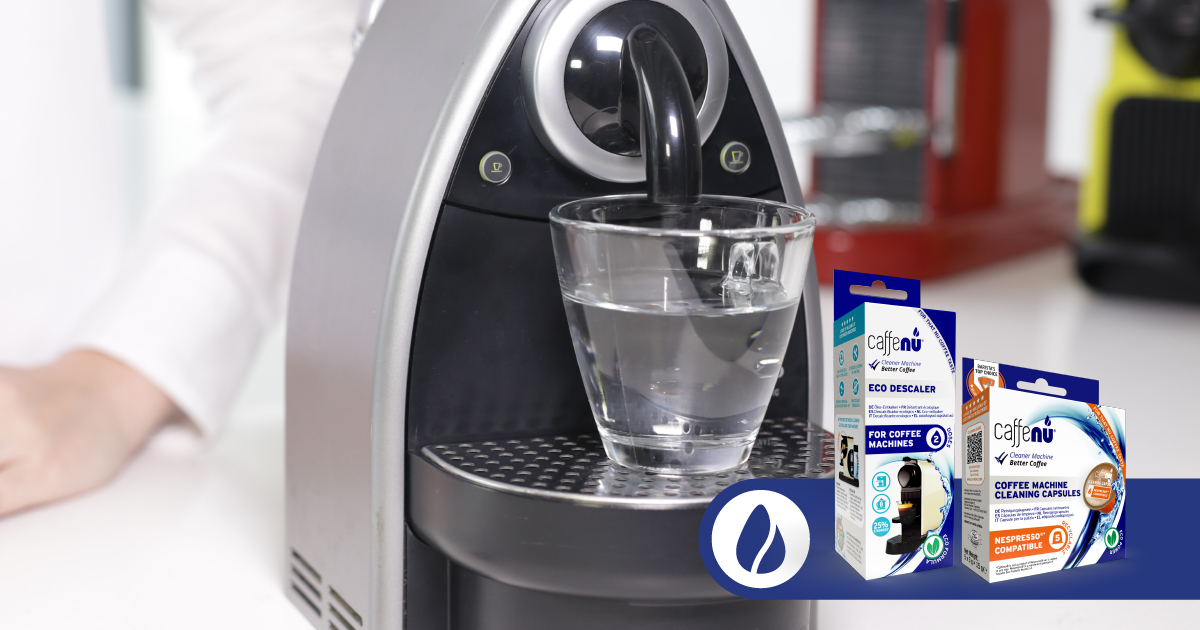
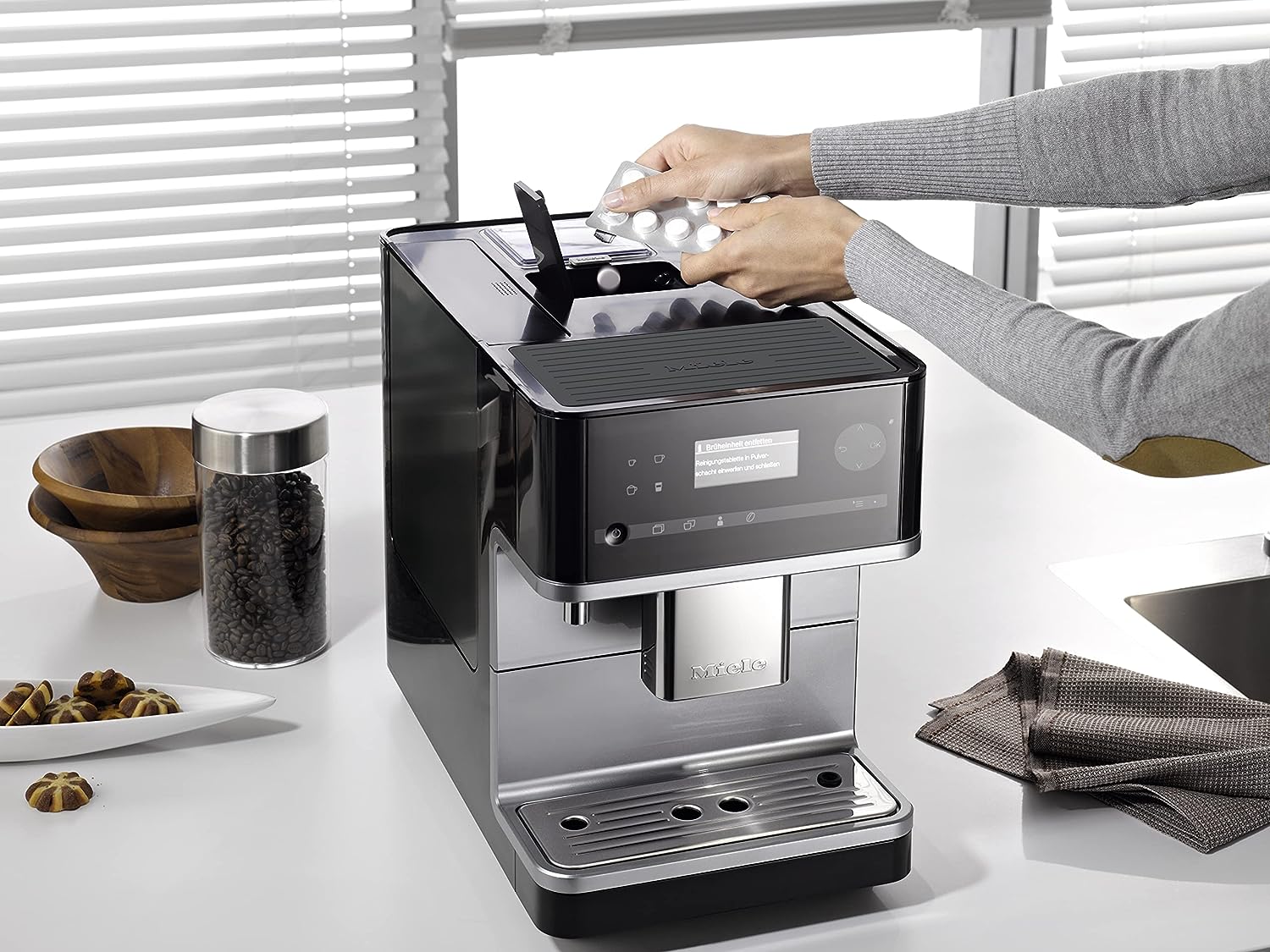
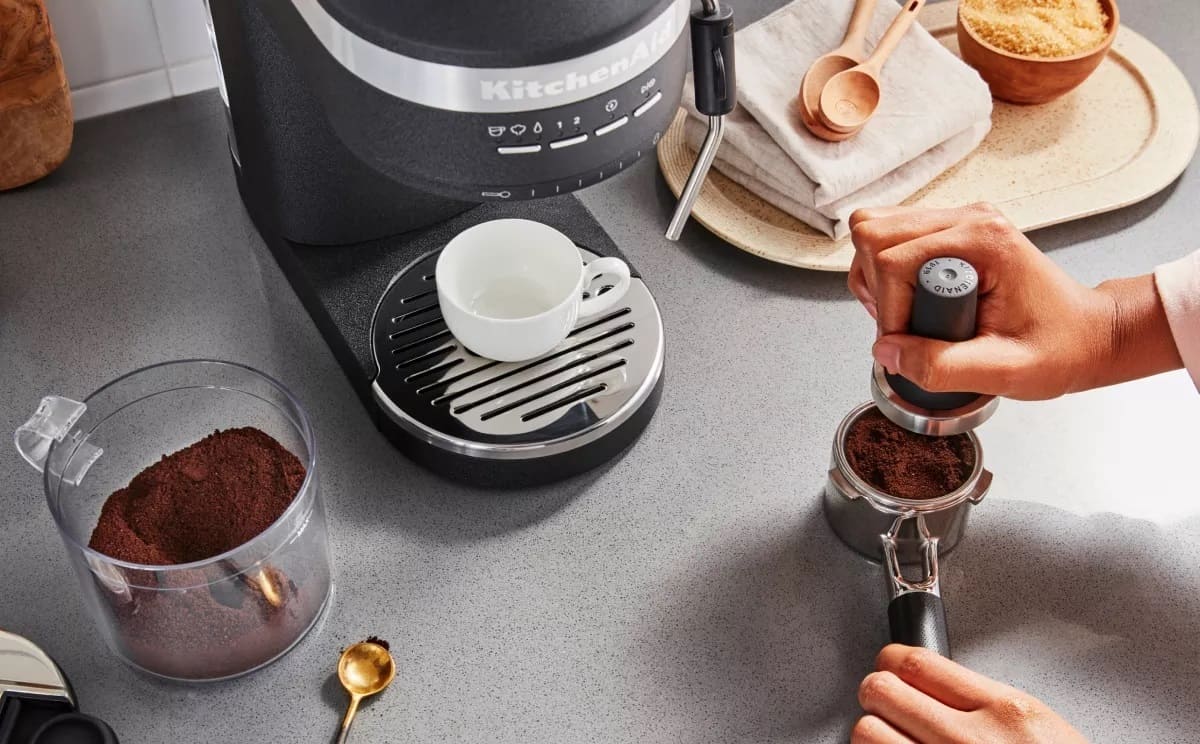

0 thoughts on “What Does Descaling A Coffee Machine Do”